We have a Release Agreement online which gives us
permission to copy and distribute resources for educational
purposes only.
|
A Sitka Herring Spawn
Sitka, Alaska
by Pauline Kookesh Duncan
|

Tlingit dancer is daughter Crystal Duncan
A Sitka Herring Spawn
by Pauline Kookesh Duncan
A full color picture book of the herring spawn in Sitka, Alaska.
The herring spawn is a traditional Southeast Alaska harvesting
event that occurs in March or April, depending on when the herring
lay their eggs. This book depicts the preparation for and harvesting
of the eggs as it has been done by the Natives Tlingits of Southeast
Alaska for hundreds of years.
The herring eggs can be either dried, salted, or stored in zip
lock bags and frozen to be brought out and used for traditional
events all during the year. They can be eaten fresh out of the
water, or taken home and dipped in hot water for a few seconds
before eating. Natives use them for herring egg salad and other
traditional Native recipes.
"A Sitka Herring Spawn" was written by Pauline
Duncan, a first grade Native teacher in Sitka, Alaska. Her
Tlingit name is Gaaw
and is of the Eagle-Bear Clan.
This book is dedicated to her five children, Melonie, Crystal,
Lisa, Albert Peter, Paul, her two grandsons, Mitchell Boord,
Alec Duncan and especially to her husband, Al Duncan for all
his support with the Tlingit culture language.
Unless otherwise noted, all photos in this book were taken by
Pauline Duncan. Any use or reproduction of this book and any
photos therein is not allowed.
©
1993 by Pauline Duncan
Sitka, Alaska
Children of the Tideland
(907)747-6768
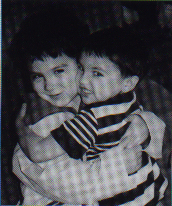
|
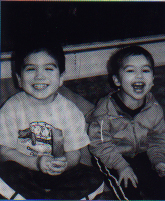
|
|
Grandsons Mitchell Boord and Alec Duncan
|
Grandsons Mitchell Boord
and Alec Duncan
|
Sitka children awake at dawn
to see if today the herring will spawn.
|
Grandsons Mitchell Boord
|
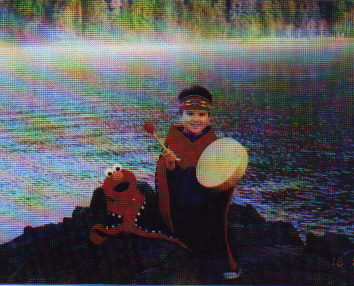
|
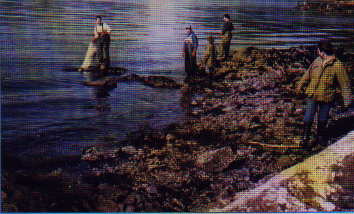
Excitement is in the air as fishing boats
come in from everywhere.
The water temperature has to be just so
for the herring roe to grow.
The wind, snow, sun and rain, come and go
as the fog horn steadily blows.
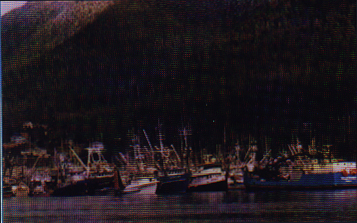

The scent of fresh herring frying is in the
air,
as children and families sit down to share.
|
Al Duncan
|
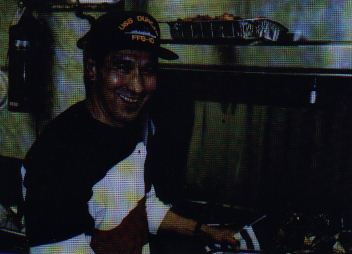
|

Seagulls cry with excitement at this great
event.
They know that soon all their time will be spent.
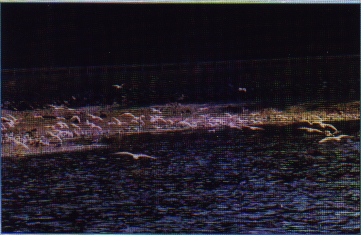
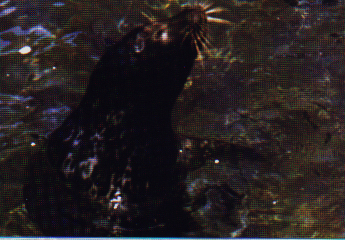
Seal and sea lions sit with glee,
as they watch herring come in from the sea.
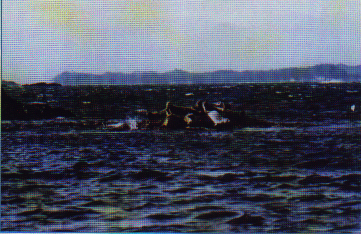

The octopus, halibut, and salmon
cannot be left out of the fun.
They join everyone as the herring egg
season starts its run.
Whales come to Sitka in Southeast,
to join in this great herring egg feast.
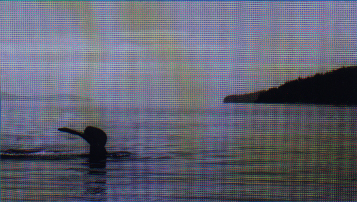

Ravens say "ka, ka, ka," as they
sit and view the herring in awe.
Eagles soar and sit on trees and eat
as much herring as they please.
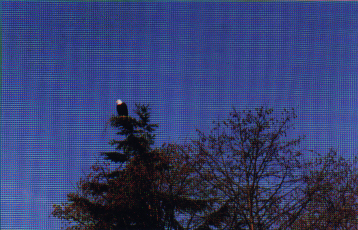
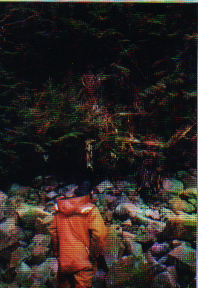
Paul Duncan
The hemlock trees sit in a grand
and majestic stance.
Clancy Boord
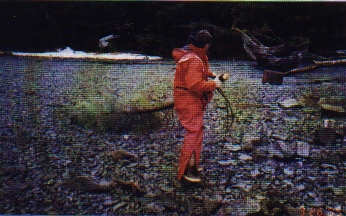
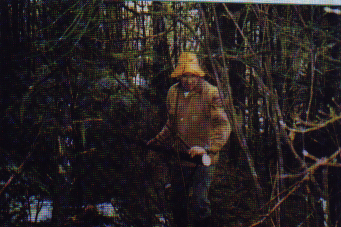
Al Duncan
as Natives view it for their subsistence circumstances.
Paul Duncan
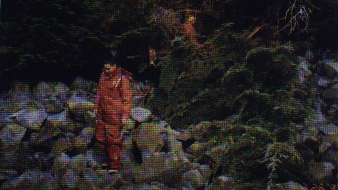
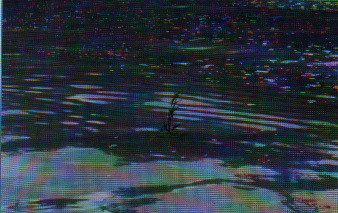
The tip of the tree is barely out of water,
The rest of the tree is filled with the herring eggs.
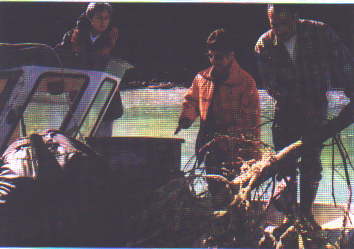
Jackie Kookesh and Pauline and Al Duncan
The hemlock branch is placed in the water
for the herring to spawn on. The herring will
spawn and spawn until they're ready to move on.

The hemlock branch and kelp are carefully
picked up
to eat. Family and friends exclaim, "what a treat!" The
herring eggs are dipped in seal and eulachon oil, and
not one herring egg is allowed to spoil.
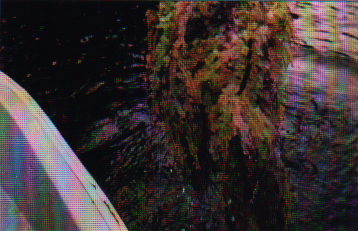
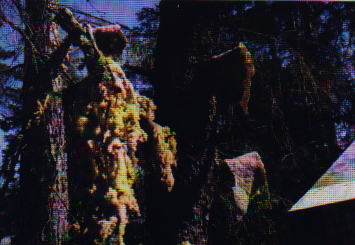
Herring eggs drying in village of Sitka
In Sitka, a long time ago, you would see herring
eggs on hemlock branches and kelp drying in the sun. This was
the way preserving was done.
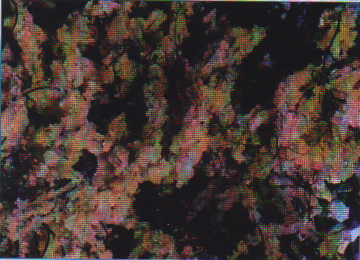
Photo from Merrill Collection Sheldon Jackson
College Stratton Library

"Herring eggs drying long ago."
For hundreds of years, the herring has brought
the natives much to eat. Without the herring, the Native year
would be incomplete. I told you the rain, wind, sun and snow
helped the herring roe to grow. The herring egg story started
a long, long, time ago.
Photo from Merrill Collection Sheldon Jackson
College Stratton Library
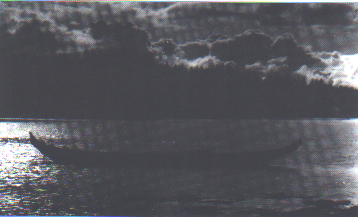
Listen
to A Sitka Herring Spawn in Tlingit